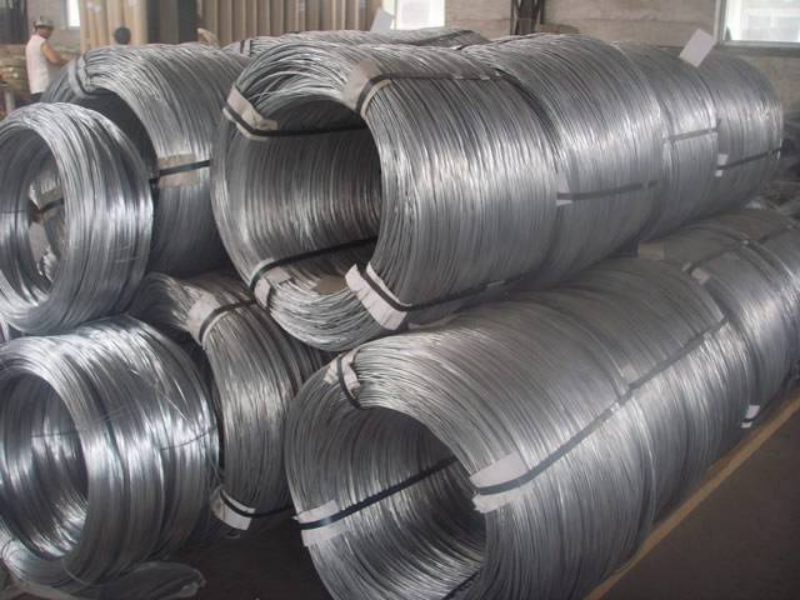
- Mobile Phone
- +8613931874955
- sales@cntcmetal.com
Understanding the Benefits and Applications of Compressed Flat Wire Springs in Various Industries
Understanding Compression Flat Wire Springs Design, Function, and Applications
Compression flat wire springs are essential mechanical components used in various industrial and consumer applications. These springs are characterized by their flat, elongated shapes and are engineered to function primarily in compression, absorbing and storing energy when subjected to external forces. This article explores the design principles, manufacturing processes, types, and applications of compression flat wire springs.
Design and Function
The fundamental design of a compression flat wire spring involves a strip of spring steel that is flattened into a specific shape and thickness. The flat wire can vary in width, thickness, and material properties, allowing engineers to tailor the spring's characteristics to meet specific performance requirements. One of the primary advantages of flat wire springs is their ability to occupy less space compared to traditional cylindrical springs. This compactness is especially beneficial in applications where space is limited.
Flat wire springs are designed to operate effectively within a predetermined load range, providing a predictable amount of resistance as they are compressed. The amount of load the spring can bear is influenced by factors such as the material used, the dimensions of the wire, and the spring's overall configuration. Common materials for these springs include stainless steel, carbon steel, and various alloys that exhibit favorable fatigue properties and corrosion resistance.
Manufacturing Process
The manufacturing of compression flat wire springs typically involves several key steps. First, high-quality flat wire is selected based on the spring's intended application. The wire is then cut to the required length. Next, the wire undergoes shaping, where it is formed into the desired configuration using specialized machinery. Depending on the complexity of the design, this process may involve bending, coiling, or twisting the wire.
Heat treatment is often employed to enhance the mechanical properties of the springs, ensuring they can withstand repetitive stresses without deforming. After treatment, the springs undergo a finishing process, which can include polishing, coating, or surface treatment to improve durability and resistance to environmental factors.
Types of Compression Flat Wire Springs
compression flat wire springs

Several variations of compression flat wire springs exist, each designed for specific applications
. These include1. Dished Springs These springs resemble a shallow disk and offer a high load capacity in a compact design. They are widely used in automotive and aerospace applications.
2. Leaf Springs Often composed of multiple layers of material, leaf springs are commonly used in vehicle suspension systems. They provide both support and flexibility.
3. Spiral Springs These springs are designed in a coiled fashion, allowing for greater compression in a smaller footprint. They are often used in applications requiring rapid energy release.
Applications
Compression flat wire springs find use across a wide array of industries. In the automotive sector, they are integral to suspension systems, providing stability and comfort during operation. In manufacturing, these springs are used in machinery to ensure parts operate smoothly under varying loads. Consumer products, such as fitness equipment and electronics, also benefit from the use of compression flat wire springs, enhancing performance and longevity.
Moreover, these springs play a critical role in medical devices, where precision and reliability are paramount. In this context, they help in the functioning of various equipment such as surgical instruments and diagnostic devices.
Conclusion
In summary, compression flat wire springs are vital components across numerous sectors, providing essential support and functionality. Their ability to be customized in terms of size, shape, and material properties makes them an invaluable asset in engineering and design. As technology progresses, the demand for innovative spring solutions continues to grow, ensuring that compression flat wire springs will remain a cornerstone of mechanical design for years to come.
share:
-
Your Source for Concrete Wall Ties and Masonry AccessoriesNewsJul.10,2025
-
Unlocking the Power of Iron Wire for Every ProjectNewsJul.10,2025
-
Explore Advanced Chain Wire and Stainless Steel Mesh FencingNewsJul.10,2025
-
Discover the Benefits of Annealed Wire ProductsNewsJul.10,2025
-
Discover China Stainless Steel Wire Mesh SolutionsNewsJul.10,2025
-
Build with Confidence Using High-Performance Masonry AccessoriesNewsJul.10,2025
-
Why Sacrificial Formwork Is Redefining Underground ConstructionNewsJun.06,2025



















